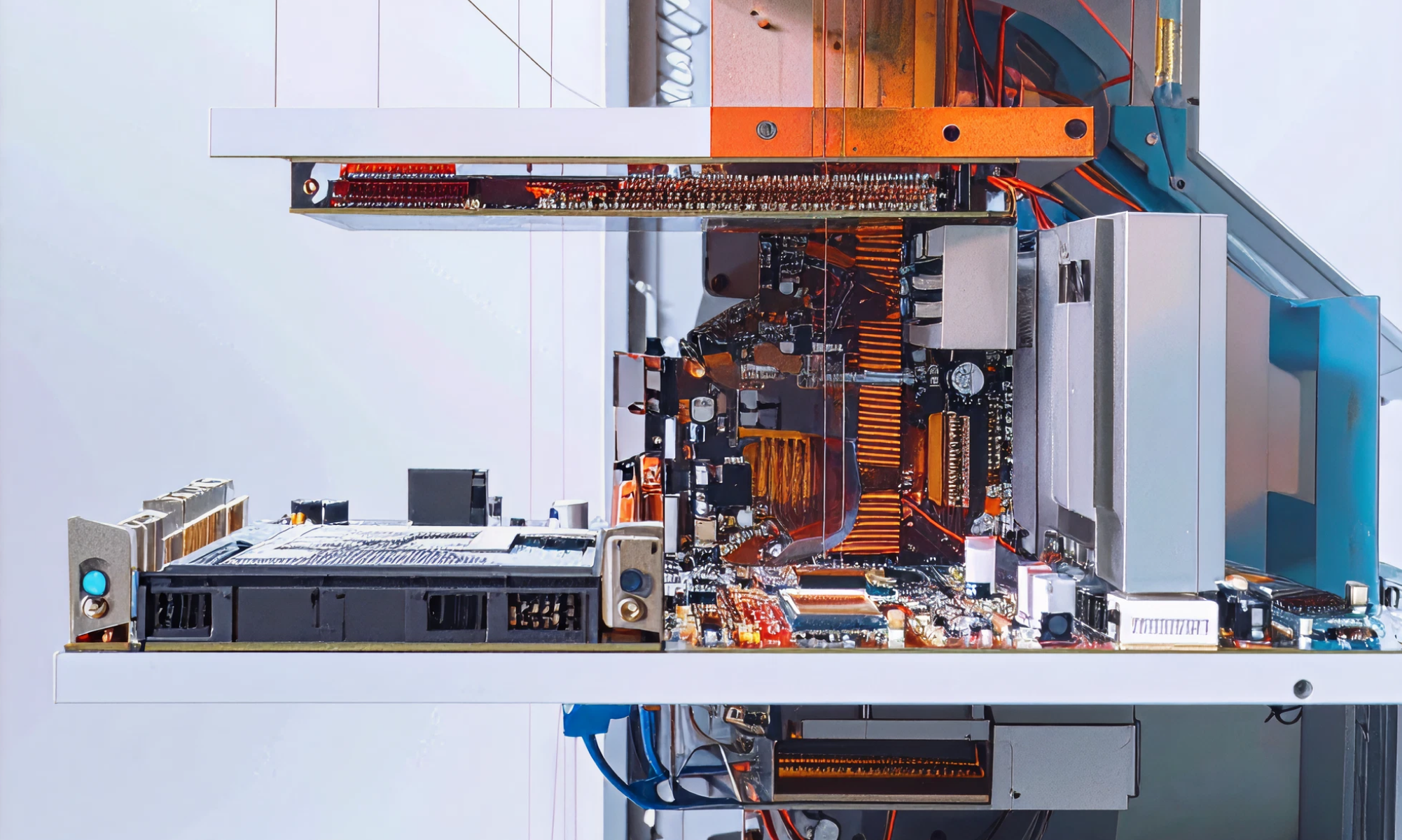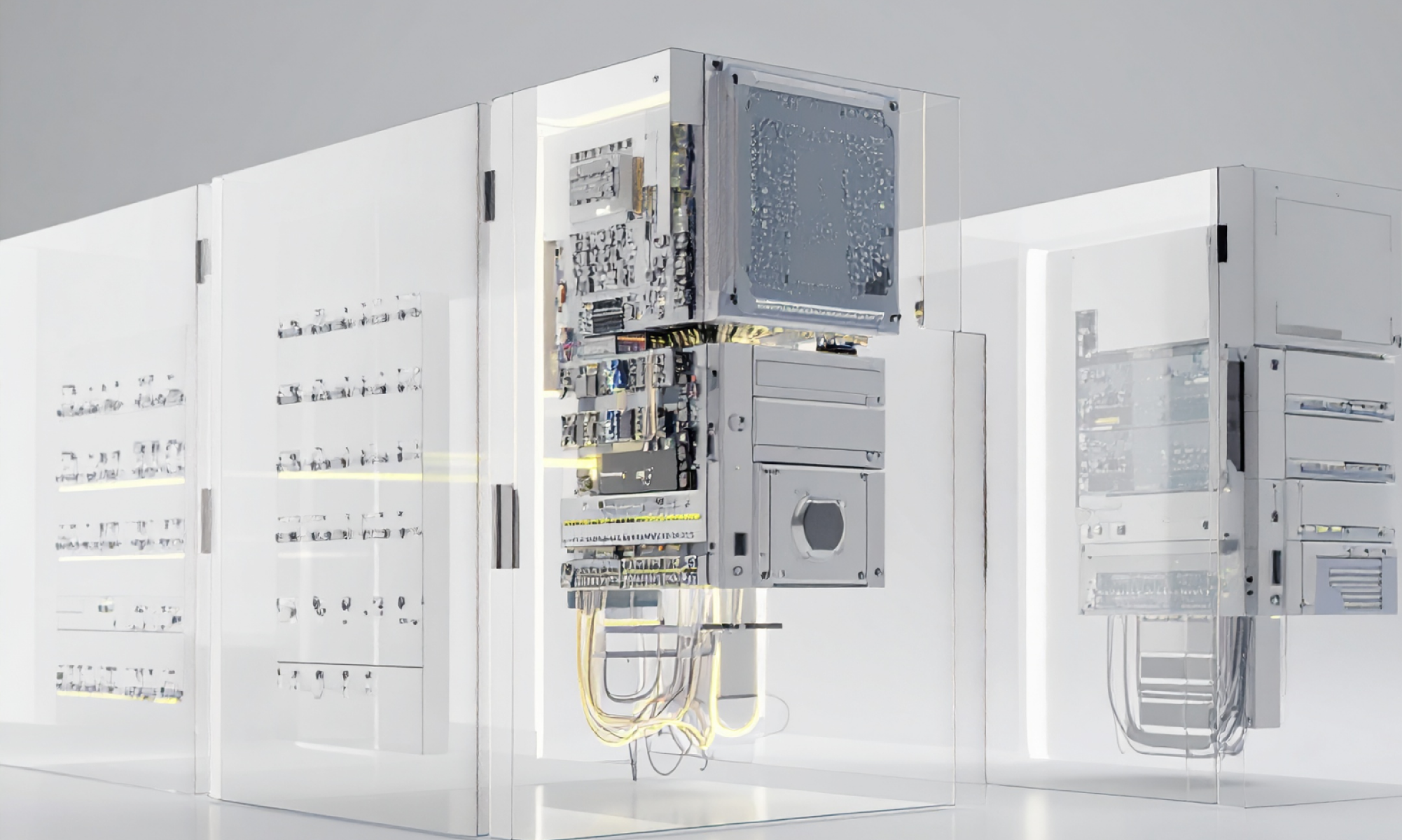AI
our blog
AI coding is accelerating engineers, not replacing them

Natural language to code means you can describe what you want and the AI writes it. That’s powerful for non-coders, but in the hands of a talented team of developers and PMs, it’s something else entirely. Tasks that once required hours of manual effort become quick experiments and ideas that might have stayed on paper can be brought to life on screens in days.
The fear is that AI will replace engineers, lower code quality or create shortcuts that turn into tech debt. The reality is the opposite, as it amplifies engineering. Skilled developers design robust systems, solve edge cases and keep standards high. Great PMs scope, prioritise and connect the dots. Together, they provide the judgement and direction AI simply can’t. What AI can do is fill in the gaps by generating boilerplate, exploring options and automating the routine, freeing the team to focus on the hard problems where human creativity and critical thinking matter most.
This shift is already changing how digital products are built. It means MVPs in weeks, not months. More ideas tested without extra headcount. Faster validation and proof of value. More iteration, less friction and tighter alignment between vision and delivery. That speed doesn’t just benefit engineering teams, it brings stakeholders into the process earlier, helps businesses respond to market shifts and supports a more consistent pace of innovation.
It’s a superpower because it removes repetitive work, accelerates prototyping and makes it easier to try bold ideas and refine quickly. In the right hands, AI coding delivers speed and quality together. Importantly, it doesn’t erode the craft of engineering, it creates space for it. Developers get more time to do the deep problem solving they’re trained for, while PMs can focus on shaping products that truly serve their users.
At Studio Graphene, we use AI coding to amplify our talented devs and PMs - speed where it matters, craftsmanship where it counts. For us, it’s not a shortcut, it’s how we build better, faster and smarter. And as AI coding continues to evolve, we see it as less of a replacement for people and more of a force multiplier - one that helps teams deliver digital products with the ambition, quality and pace that today’s world demands.









